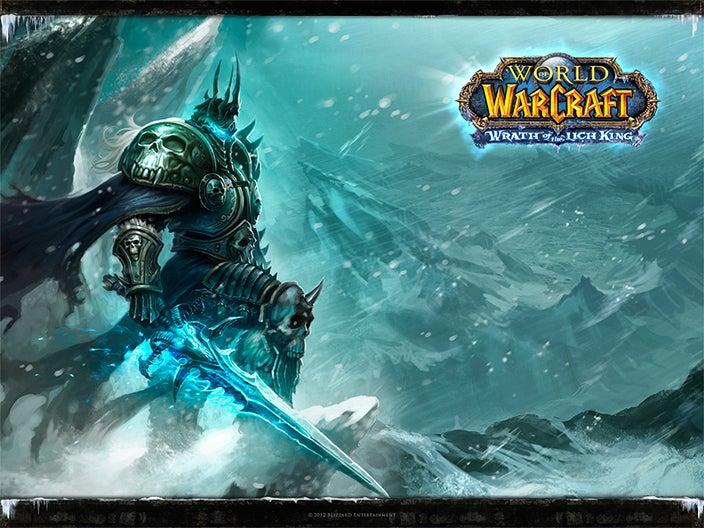The Independent's journalism is supported by our readers. When you purchase through links on our site, we may earn commission.
NSA and GCHQ agents spied on online gamers using World of Warcraft and Second Life
No evidence of successful counter-terrorism operations thanks to in-game surveillance has emerged, despite agents going 'undercover' in game

The latest documents leaked by ex NSA-contractor Edward Snowden have shown that the US government infiltrated online games in order to spy on potential militant targets.
As well as collecting bulk data from games such as World of Warcraft and Second Life, intelligence operatives also went undercover, taking on fantasy identities such as elves and gnomes.
A top-secret 2008 document from the NSA titled ‘Exploiting Terrorist Use of Games & Virtual Environments’ warned that online games might offer suspects “a way to hide in plain sight”, providing unmonitored communication channels as well as potential methods for laundering money via in-game currencies.
“Al-Qaida terrorist target selectors and … have been found associated with XboxLive, Second Life, World of Warcraft, and other GVEs [Games and Virtual Environments]," an NSA document obtained by The Guardian and shared with the New York Times and Pro Public notes .
"Other targets include Chinese hackers, an Iranian nuclear scientist, Hizballah, and Hamas members."
However, although both British and American agencies were able to link game data with known targets and militant groups, the documents do not record any instances of successful counterterrorism operations emerging from this surveillance.
Another documents notes that monitoring of World of Warcraft “continues to uncover potential Sigint [Signals Intelligence] value by identifying accounts, characters and guilds related to Islamic extremist groups, nuclear proliferation and arms dealing," but does not specifiy any terrorist activities being conducted through the game.
The potential resource of online games became so popular that a “deconfliction” group was set up to ensure that CIA and FBI agents did not overlap in their duties.
As well as virtual worlds the agencies also monitored Microsoft’s Xbox Live, an online service that currently boasts more than 48 million gamers. The UK spy agency GCHQ reported that they had "successfully been able to get the discussions between different game players on Xbox Live.”
In 2008 GCHQ also set up its “first operational deployment into Second Life” under the codename Operation Galician, notes The Guardian. By contacting an informer “who helpfully volunteered information on the target group’s latest activities”, agents were able to crack down on a criminal gang selling stolen credit card information in the virtual world.
Linden Labs, the makers of Second Life did not offer comment on the spying, although a spokesman for Blizzard Entertainment, the makers of World of Warcraft, told the New York Times that they were “unaware of any surveillance taking place,” and that “if it was, it would have been done without our knowledge or permission.”
The revelations come just as Google, Facebook, Microsoft and five other leading US technology companies issued an open letter, calling on the US to dramatically reform its current surveillance operations.
Join our commenting forum
Join thought-provoking conversations, follow other Independent readers and see their replies
Comments
Bookmark popover
Removed from bookmarks